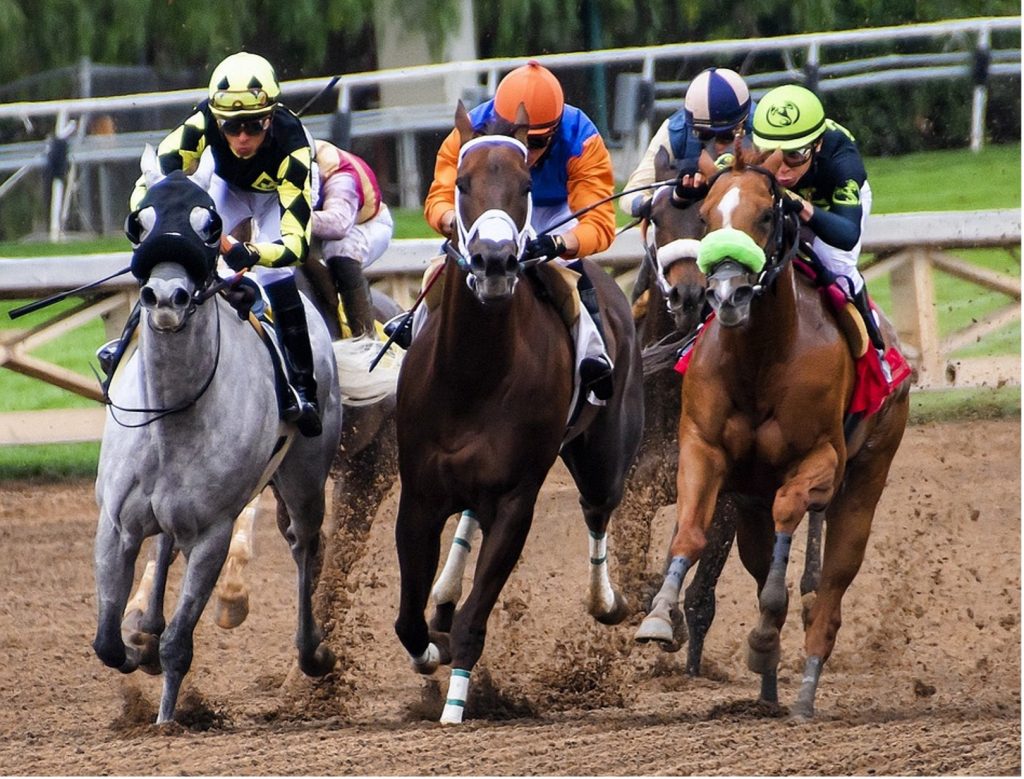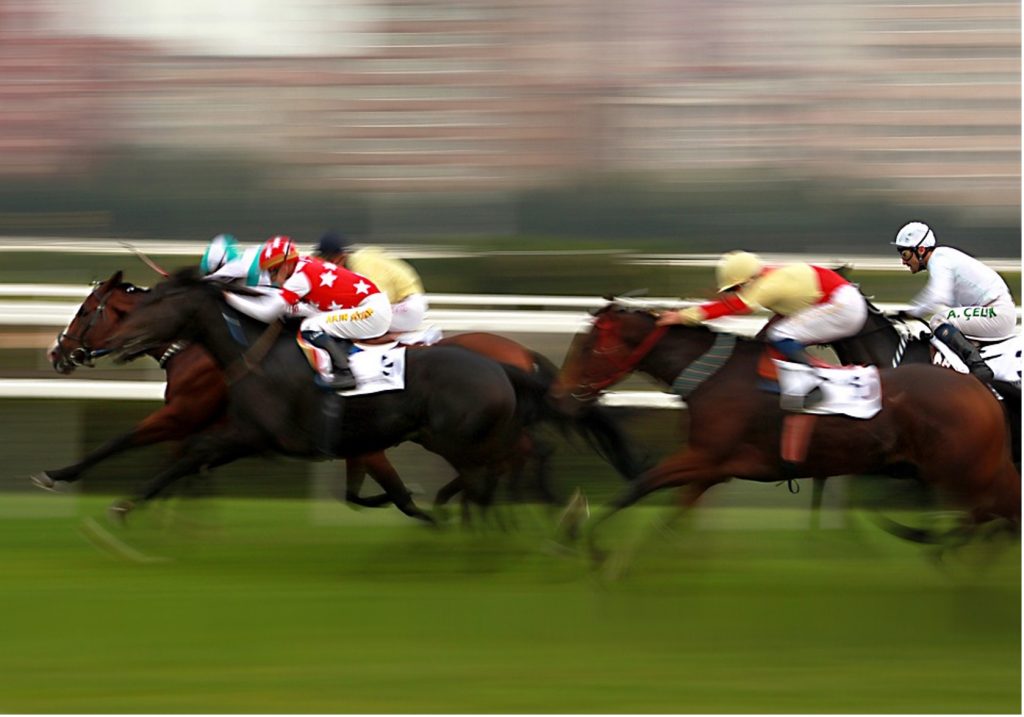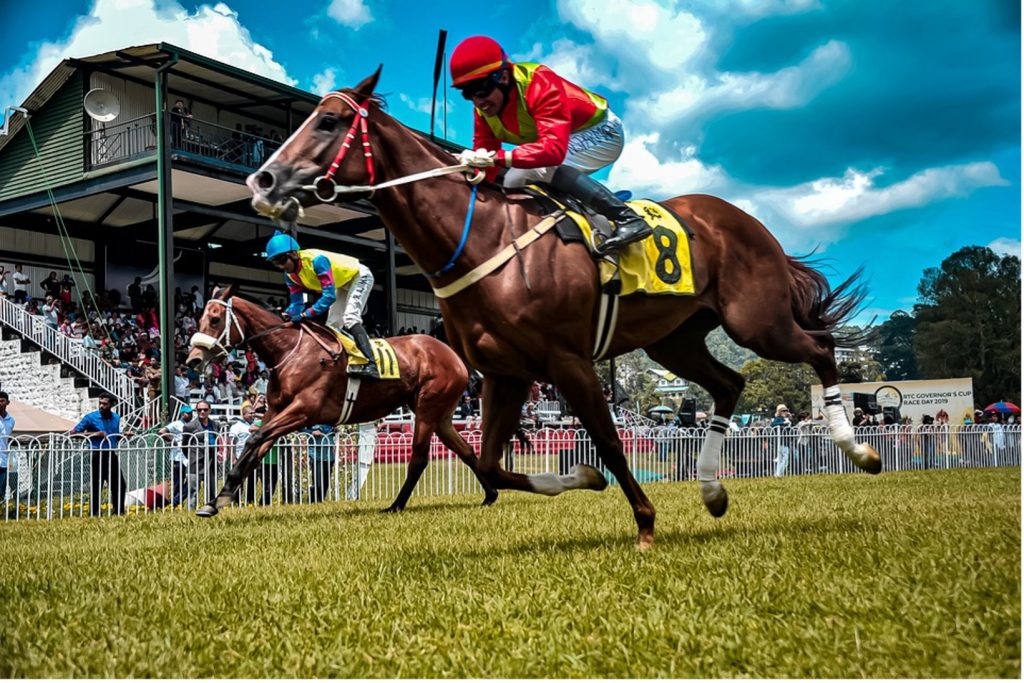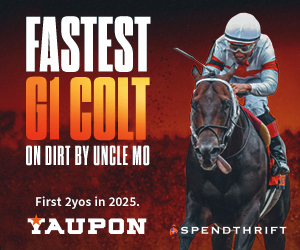
On Saturday 9th April, around 150,000 horse racing fans from all corners of the country will descend on the small village of Aintree just outside of Liverpool to watch Britain’s most prestigious horse racing event.
The Grand National is well-known across the world and is regarded as the biggest jumps horse race on the annual UK racing calendar. Many punters in the UK and across the globe typically place bets on the Grand National, as it is known as any horses race, meaning even those with high odds even have a chance of winning, adding more excitement and suspense to the race.
Despite being well-known for its betting antics, have you ever wondered what makes the Grand National the most revered race in the horse racing calendar?
If you have, then read on to find out everything you need to know about the Grand National, from the history of the race itself to some of the most famous incidents seen on the racetrack.
The Grand National History
Horse racing has been a popular pursuit on these shores for centuries, but it wasn’t until 1829 that the country’s most illustrious racecourse was founded by William Lynn, a hotel owner set out a course and built a grandstand on land he leased in Aintree.
The year of the first official race on the course is a cause for much debate, but most historians agree that the inaugural race was held in 1836 and won by The Duke, who was ridden by Captain Martin Becher – whom the famous Becher’s Brook fence was named after.
Whilst the event was popular locally, racing at Aintree failed to gain the attention of national crowds in the early years, until a perfect storm of circumstances collided to catapult Aintree into the national consciousness.
The first of which was the decision not to renew the licence of the Great St. Albans Chase in 1838, which was a vastly more popular race that clashed with the Aintree meet.
The second major boon for the race was when the rail line connecting Manchester to Liverpool was linked with lines to London and Birmingham in 1839. This now opened up the race to a much wider, national audience.
Finally, in that same year the decision was made to elect a committee who would be responsible for the long-term success of the race. From that point, Aintree never looked back going on to establish itself as the country’s most popular and exciting racecourse over the coming decades.
Did you know? The first Grand National was won in 14 minutes and 53 seconds. The fastest time on record is 8 minutes and 47.8 seconds, recorded by Mr Frisk in 1990.
What Makes the Grand National Popular?
Not renewing the licence of the Great St. Albans Chase, improved rail connections and a forward thinking committee aren’t the only things that have made Aintree such a hit with the public. So what else does Aintree have going for it?
The Course
In 1839 the Grand National was designed as a cross-country steeplechase which saw runners race over open countryside towards the Leeds and Liverpool Canal. Gates, hedges, ditches, posts, rails and brooks were all laid out as obstacles that the horses and jockeys had to navigate.
On the return, the runners would race alongside the canal before re-joining up with the racecourse and setting out on another lap. It was the open countryside aspect of the race though that made it so popular with fans.
The rugged terrain and fiendish obstacles were seen as the ultimate test of a horses racing ability and a jockey’s judgement. What’s more is that all of these factors led to a series of huge upsets and high-profile falls all of which added to the drama and excitement.
Whilst the course has been modernised since 1839 it still remains as one of the most difficult courses on the continent. The current 494 yard run-in is the longest of any steeplechase and has seen many dramatic finishes in its time.
Did you know? There are 30 jumps and 16 fences on the current Grand National course.
The Legends
It’s impossible to watch any Grand National without evoking the memories of races gone by, of ones won by a hair, ones where famous jockeys have fallen at the final hurdle or races where horse and jockeys have, against all the odds, come out triumphant.
Captain Martin Becher, mentioned earlier in this article is one of the many legends to live through this course. As are jockey John Buckingham and Foinavon who became the unlikely winners of the 1967 Grand National at odds of 100/1 when the rest of the field succumbed to a scramble at the 23rd fence.
Then there’s the famous thoroughbred steeplechaser Red Rum who became Thrice Champion winning the Grand National in 1973, 1974 and 1977 – coming second in 1975 and 1976. Red Rum’s treble victory would go on to be voted the 24th greatest moment in British sporting history.
Last years racing event also saw the first female jockey to win the Grand National in its history, with Irish jockey Rachael Blackmore winning with horse Minella Times.
Did you know? In 1979 Bob Champion was diagnosed with cancer and given six months to live. In 1981 he won the Grand National on Aldaniti, a horse who had recovered from a career threatening injury. Bob can still be seen enjoying himself at Aintree every year having beaten cancer.
The Culture
150,000 people descend on Aintree every year not just for the horse racing action but for the overall experience of watching the Grand National in person. There is a vibrant social culture and a party atmosphere at the racecourse that can’t be matched by any other sporting event.
For many it is a chance to go and let their hair down and, perhaps only momentarily, dream of winning big by backing an unlikely winner like Foinavon…
Did you know? A quarter of a million pints are consumed during the three day festival.





